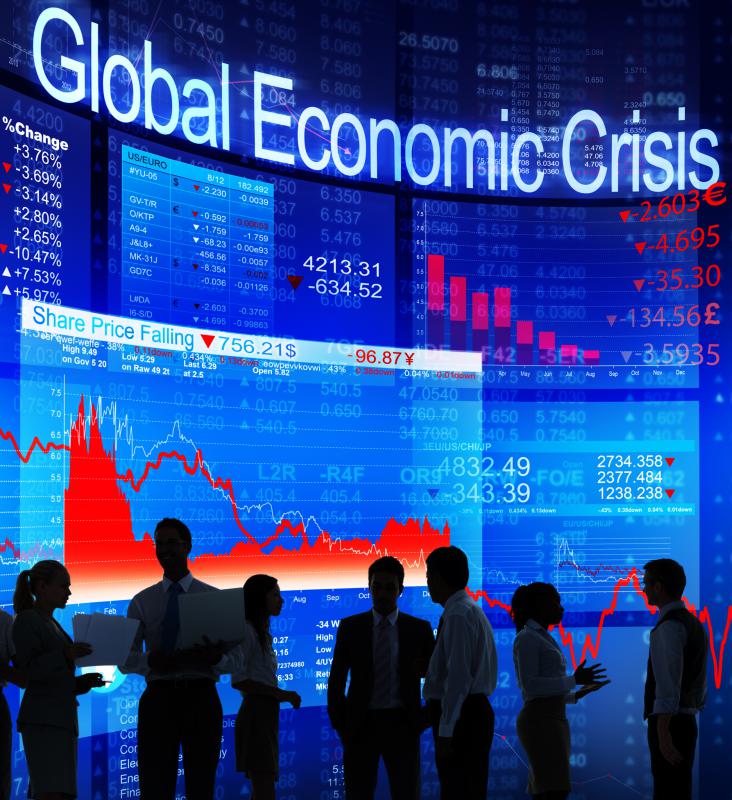At WiseGEEK, we're committed to delivering accurate, trustworthy information. Our expert-authored content is rigorously fact-checked and sourced from credible authorities. Discover how we uphold the highest standards in providing you with reliable knowledge.
What are Toxic Assets?
Toxic assets are assets for which there are no buyers, and as a result, no clear value. Mortgage backed securities and subprime loans are two oft-cited examples of toxic assets. In the global economic crisis of the early 2000s, toxic assets became an issue of major concern, especially in the United States, where such assets precipitated a radical freefall of the American economy as the financial industry attempted to cope with them.
These assets had a value at some point in time, and many people maintain that they still have a value, even if no one will buy them. The issue is that when a bank acquires large numbers of toxic assets, these assets inflate the value of the bank's books, but contribute nothing real to the bank's financial position. In other words, the bank has a lot of money on paper, but it can't actually sell its toxic assets, and as a result it has minimal liquidity.

At the time that they are created, many toxic assets are high in value, and they are treated as high-yield, high-risk investments. Banks with a more conservative stance often try to avoid obtaining toxic assets, but this can be made difficult when such assets are pooled together with lower-risk investments and sold as a package. This was the case with many mortgage-backed securities, which forced banks to buy a mixed blend of assets.

If a bank becomes overloaded with toxic assets, it may be unable to respond to changes in the market, or to serve its customers. This can create concerns among customers of the bank, who may panic in response to the bank's instability and make the bank more unstable in the process. In these cases, the bank's best move is to try and get rid of the toxic assets, but it may have a difficult time doing so, because of the inability to find buyers.

Some investors may volunteer to take on toxic assets at a fraction of their face value, bargaining on the fact that the assets will become salable again at some point in the future, but banks are often reluctant to accept such deals. A deal like this would force a bank to write down the value of its assets, a situation which many deem undesirable. Several governments attempted to purchase and sequester these assets to cope with their flailing economic systems in 2008 and 2009, but such deals were hampered by banks which were unwilling to deal, along with government officials who questioned the wisdom of spending money on such assets.
AS FEATURED ON:
AS FEATURED ON:













Discussion Comments
We need more specific examples of toxic assets, what about credit default swaps which mixes insurance with investment. The mortgage backed securities you mention, did these originate from Fannie Mae or from the repeal of Glass Steagall?
Post your comments